Where the Home is: primary school children's perception of the suburban landscape
I.C. Filzi, scuola primaria C. Battisti - Milano

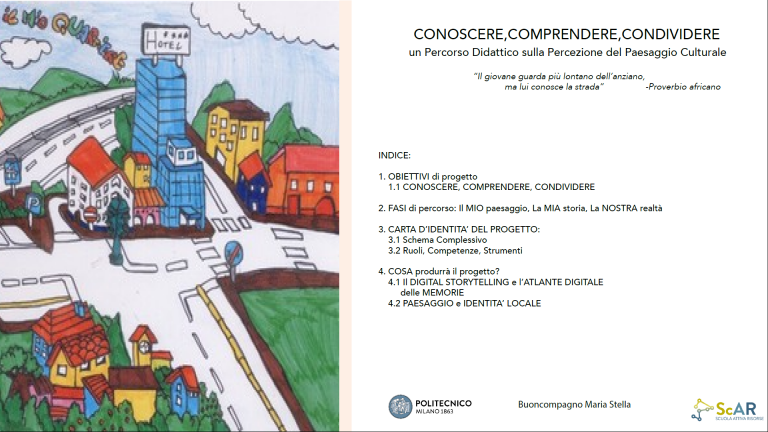
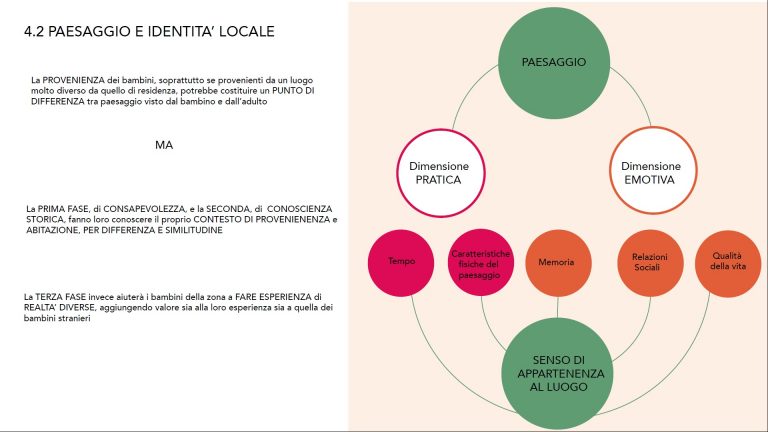
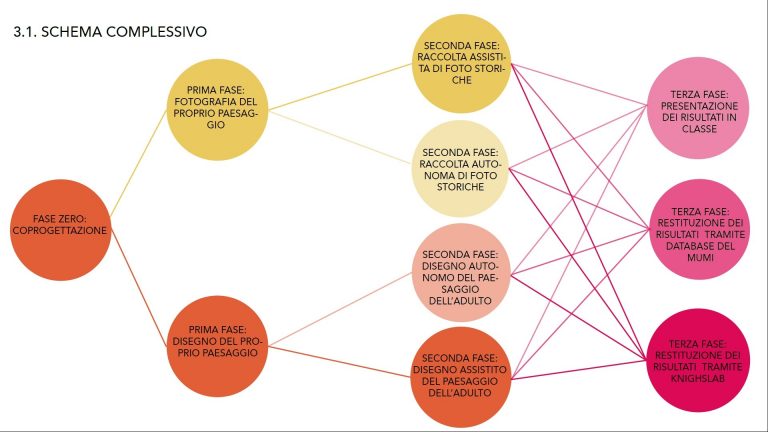
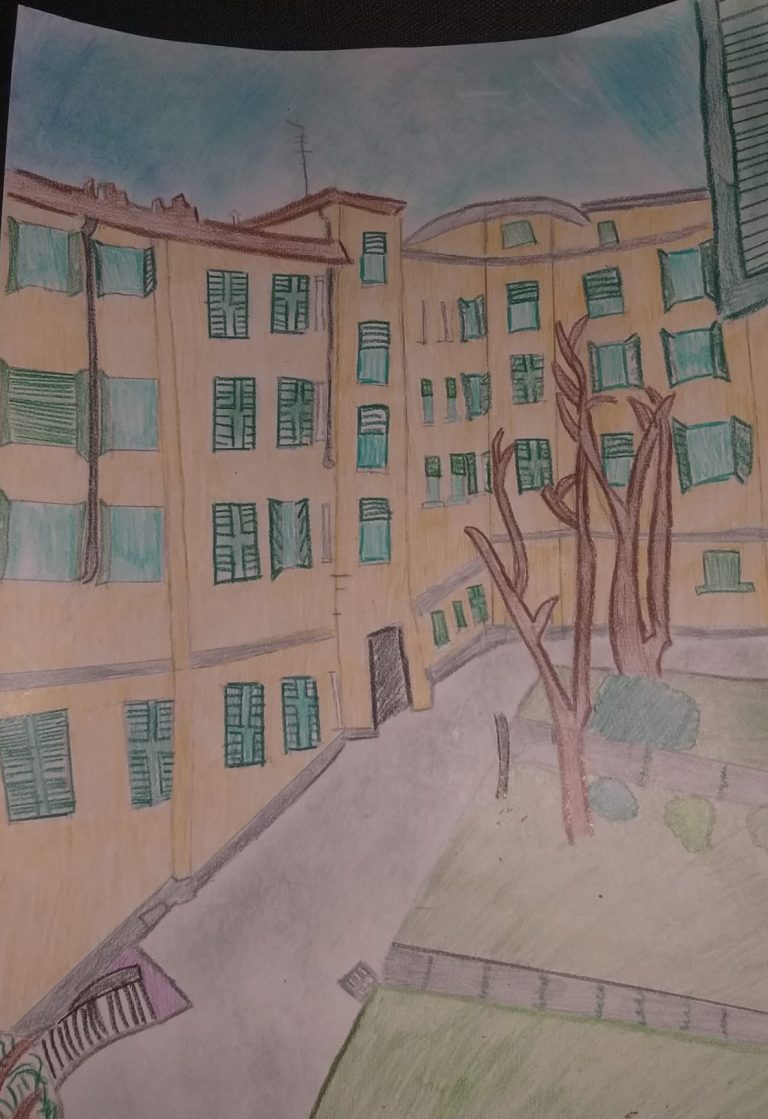
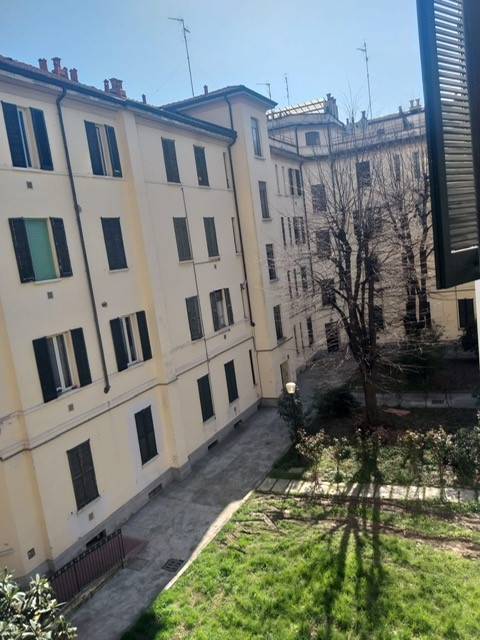
In response to the COVID emergency, ScAR proposed the development of a remote landscape education project through online lessons and the use of digital storytelling tools.
This work is part of the thesis by Maria Stella Buoncompagno, which is provisionally entitled “Dove è casa: la percezione del paesaggio della periferia urbana in bambini della scuola primaria” (Where the Home is: primary school children’s perception of the suburban landscape). It is based on her experience with an educational project designed in collaboration with teachers at the Battisti Primary School of IC Filzi in Milan.
The project is based on the three words of its title, Knowing, Understanding, and Sharing. The basic objectives are therefore to help pupils become familiar with the landscape, understand their own personal history, and share it with others.
The three phases reflect three principles. In the first phase, the pupils describe their landscape. In this case, the stories are told through drawings, but since the programme is flexible, it could also be done with a video or historical photos if available. After the pupils have come to know their landscape, they move on to understanding. The children describe their family’s landscape through an interview with their parents. This is particularly suited to multi-ethnic classes where there is immigration, because in this phase, the children compare what they see every day with what their parents saw at their age, highlighting the differences and similarities. Last comes the sharing phase, which in this case is implemented through the Digital Atlas of Memories. Not only will the pupils at Palmieri Primary School be able to see images of their own landscapes and those of their peers, but they could potentially also see the landscapes of pupils at other schools if the project is implemented.
THE TEACHING PROJECT
As stated in the thesis, the teaching project offers primary school children the opportunity to read the landscape of their daily lives, starting by ‘questioning what they see and trying to grasp the discourse underlying what appears to the eye. What is this landscape made of? What are its main features? What processes do they derive from? What emotions and meanings does it transmit? Why? What was this landscape like in the past? How is it changing? How will it be in the future?’
THE EXPERIMENTATION IN RESPONSE TO THE COVID-19 CRISIS
Shortly after its start, the project faced lockdown due to the COVID-19 emergency. This led to a reflection on the project’s possible contribution to distance learning.
Distance learning presents problems for schools as places of sharing, participation, collaboration, and peer education. Children find themselves deprived of the school community and their territory, isolated in the emotional and cultural micro-communities of their families.
The response was thus to collect narratives about the everyday landscape within these communities through interviews about the childhood places of family members (in most cases far away). These family narratives were supplemented by the teacher, who had lived in the school’s neighbourhood for generations and who therefore contributed a valuable piece of information about the neighbourhood that the children now call home. These testimonies (interviews, drawings, stories) will converge in a video designed to present to the whole class the journey through each family’s places and memories, and connect it to the children’s experience of the territory at a time when they are separated from their places of daily life.
